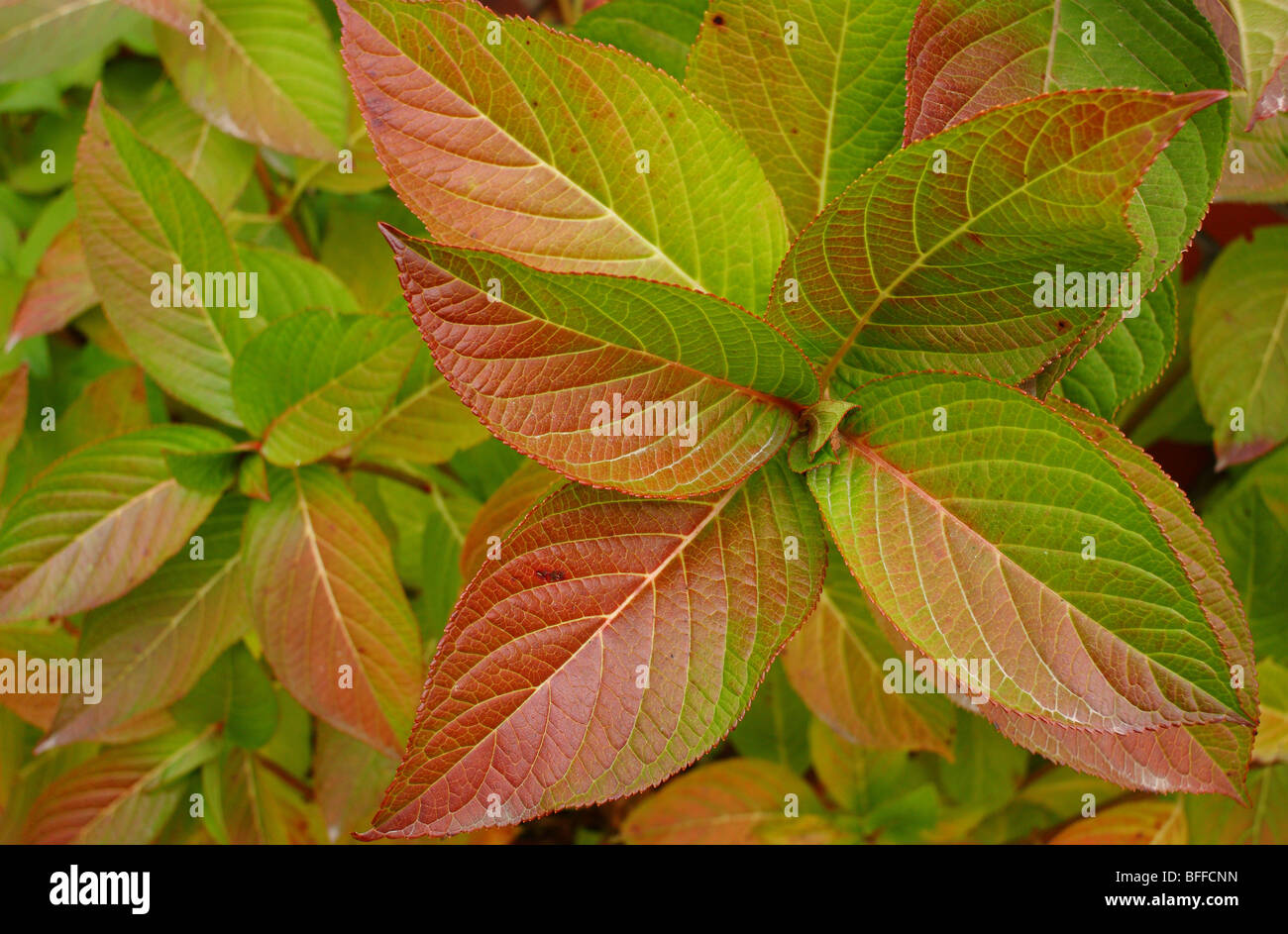Our Hydrangea Leaves Turning Yellow Diaries
Wiki Article
Our Hydrangea Leaves Turning Yellow Statements
Table of ContentsGet This Report on Hydrangea Leaves Turning YellowHow Hydrangea Leaves Turning Yellow can Save You Time, Stress, and Money.The Buzz on Hydrangea Leaves Turning YellowGet This Report on Hydrangea Leaves Turning Yellow
These concerns are simple to determine and deal with if you take steps prior to root rot collections in. A wetness meter can assist lead you to the ideal approach of correction (Hydrangea Leaves Turning Yellow). Huge fallen leaves typically look saggy during the afternoon heat. When they stop working to perk up at night or still look shrivelled in the morning, your plant might be overwatered.Get rid of the plant from the dirt and trim out any type of roots that aren't white and turgid (plump). Replant in a brand-new place or work some sand into the dirt for better drain.
Add a little bit of distilled water, stir the active ingredients, and drain the extra water. Place a p, H screening strip in and wait for a reading.
Sphagnum moss or peat moss avoids the soil from condensing and betters dirt drainage while also increasing the dirt's acidity. You can scatter sulfur chips in your hydrangea dirt.
The 9-Minute Rule for Hydrangea Leaves Turning Yellow
This is one excellent factor to repot houseplants regularly (though there are others, such as origin growth as an example). It is likewise why houseplants need a much more stringent fertilizing routine than many outdoor plants. When a hydrangea houseplant lacks nutrients, its leaves will certainly be the initial to show the indications.
A lot of fluid plant food requires dilution with water to decrease the concentration rather. You will certainly additionally need to fertilize the plant manually and routine intervals. When springtime starts in March, it's the active growing season for lots of houseplants, consisting of hydrangeas. At this factor, you should begin your feeding regimen. Apply fluid plant food to your hydrangea because this stuff, as I stated formerly, is fast-releasing.
The dripline is the location situated under the vegetation that is the outermost far from the center of the plant. Instead than applying feed to the center of the plant it is best to concentrate it mainly in the outer locations of the pot. If you prefer to utilize a slow-release fertilizer such as granular or spike fertilizer, then cover either kind with some dirt after you place them.
Some Ideas on Hydrangea Leaves Turning Yellow You Should Know

Although the hydrangea is surprisingly frost-resistant, once temperatures begin getting involved in the 20s, the plant remains in major danger. If the temps remain in the low 10s, that threat is a lot more serious still. Obviously this is more of a concern with outdoor plants so if you maintain potted hydrangea outside you need to bring them inside your home in extremely cold weather conditions or also think about relocating them inside for the duration of the winter.

A dehydrated hydrangea, A large problem with numerous houseplants is root rot. Origin rot takes place when you overwater a plant and due to the fact that it is such a common issue (specifically with succulents) many houseplant owners are scared of overwatering their plants. Hydrangeas need more watering that a lot of other common houseplants and can end up being dehydrated when they are underwatered.
8 Easy Facts About Hydrangea Leaves Turning Yellow Explained
Be absolutely sure that your hydrangea is dried out due to a lack of water and not due to it be article given as well much water (much more on this later). Overwatering is a serious issue if you skimp on its water demands even a little bit, your hydrangea will certainly be quick to show it., you will swiftly inform if the plant requires water. To obtain your hydrangea sprinkling habits on the best track, you need to be mindful regarding the wetness degrees in its dirt.
When you remove your finger from moist soil it will have little amounts of soil residue stayed with it. Dry soil will imply your finger comes out clean or with dry soil that is easily blown away. If it's moist, and the plant has yellow fallen leaves after that the plant has actually likely been overwatered and you will need to follow the advice Check Out Your URL offered in the section below.
Report this wiki page